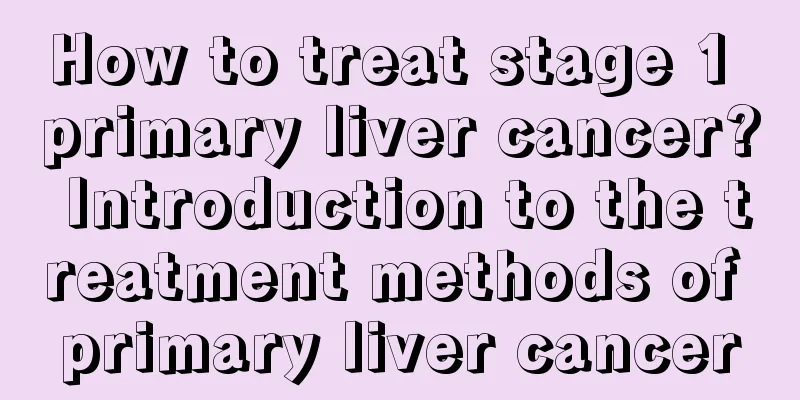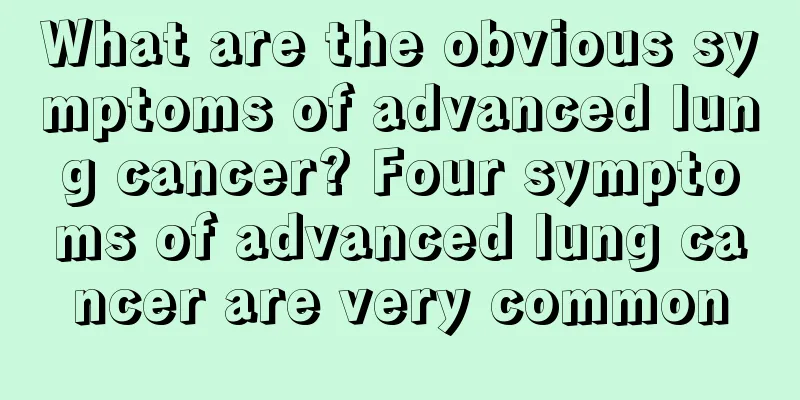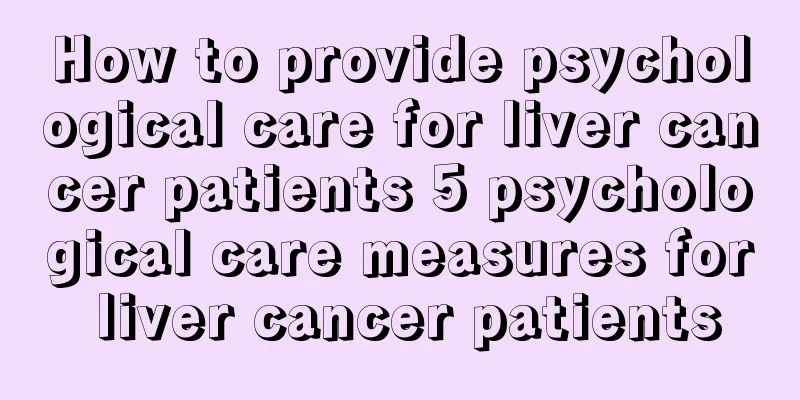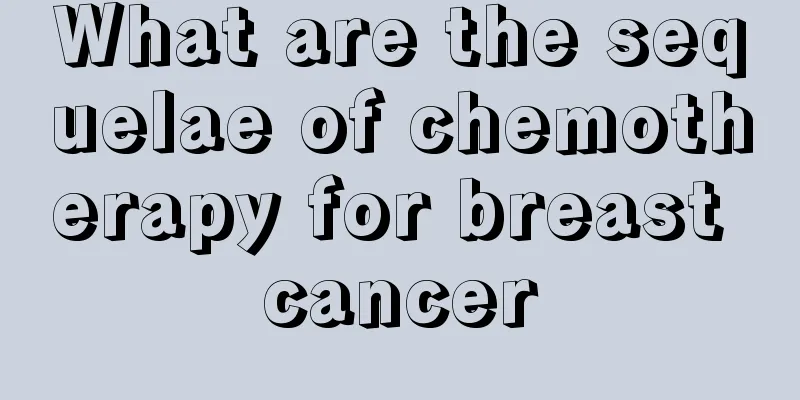What is the cure rate for mid-stage testicular cancer
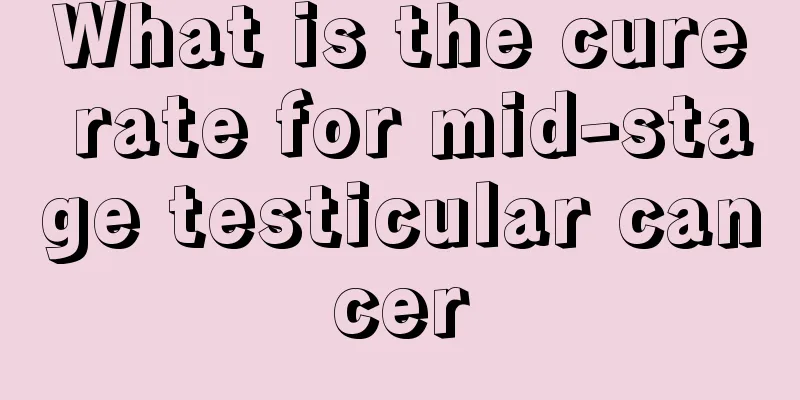
|
The cure rate of mid-stage testicular cancer is very important for many patients. Many testicular cancer patients are under great psychological pressure, and even some early-stage testicular cancer patients fail to seize the best period of treatment, which eventually leads to the development of the disease to the late stage and the loss of the best treatment opportunity. In fact, the cure rate of mid-stage testicular cancer is still relatively high. Due to the improvement of diagnostic technology, the decrease of staging error, and the great success of DDP-based combination chemotherapy, the survival rate of patients with testicular germ cell tumors, especially testicular germ cell cancer, has been greatly improved. The 5-year survival rate has increased from 60% to 70% in the 1960s to more than 90% at present. At the same time, treatment strategies have also undergone major changes. With the modern improved nerve-protecting unilateral retroperitoneal lymph node dissection, 80% of patients still retain their reproductive function and fertility, so many treatment centers still advocate the continued use of orchiectomy plus retroperitoneal lymph node dissection to treat clinical testicular cancer. Another alternative treatment for clinical testicular cancer is radiotherapy or chemotherapy, which has the same efficacy as lymph node dissection, but can better protect the patient's sexual function and fertility. As DDP combined with chemotherapy becomes more mature, the survival rate of patients with disseminated testicular germ cell cancer continues to improve. The 3-year cancer-free overall survival rate has exceeded 80%, and the cancer-free survival rate of patients with mild and moderate dissemination can reach 90% to 99%, but the survival rate of widely disseminated cases is still less than 50%. Patients with mild and moderate dissemination of testicular cancer have a good prognosis. The current research focus is on how to reduce the toxicity of chemotherapy. The commonly used methods are to change 4 courses of chemotherapy to 3 courses or replace VLB with VP16, retain or cancel BLM, that is, replace the standard VPB regimen with PVP16 or PVP16B, or replace DDP with carbon platinum (JM-8). The research direction of rescue chemotherapy for widely disseminated testicular cancer is mainly to find new combination drugs for DDP (such as ifosfamide), new chemotherapy regimens and high-dose DDP combined chemotherapy. The toxicity-reducing and efficacy-enhancing effects of biological immunotherapy overcome the shortcomings of the three traditional treatment methods of surgery, radiotherapy, and chemotherapy, such as "incompleteness, easy metastasis, and large side effects". While accurately killing cancer cells, it can also repair and improve the patient's immune system, prevent spread and metastasis in all directions, and nearly double the 5-year survival rate. |
<<: What is the cure rate for mid- to late-stage testicular cancer?
>>: What are the sequelae of interventional surgery for testicular cancer
Recommend
How to treat hypospadias
There are many types of hypospadias, which is gen...
What symptoms does poor sleep cause?
Sleeping is also one of the important things in l...
How long can you live with advanced brain cancer
Before dying, the patient may show the following ...
What is the normal blood pressure value for a person
Nowadays, more and more people suffer from hypert...
Do you know if bone cancer has a high genetic rate?
Bone cancer is the most painful cancer for patien...
Summer baby swimming water temperature
Many parents take their children swimming before ...
Can drinking more water prevent esophageal cancer?
Can drinking more water prevent esophageal cancer...
What's wrong with the fever in the knee joint
The knee is one of the most frequently moving joi...
How to completely remove body hair
Body hair is something that everyone is born with...
Is eating raw garlic good for the stomach?
Garlic is an indispensable condiment in every hou...
This is how to get rid of eye bruises
Eye bruises are very common in daily life, but th...
What are the effects of buffalo horn concentrated powder
In fact, many people don’t know much about buffal...
Can I drink expired yogurt?
As we all know, most foods have a shelf life, esp...
The efficacy and function of wenwan walnuts
Walnut is a kind of dried fruit that we often eat...
What are the symptoms of yang deficiency
If you have a yang deficiency constitution, it wi...
